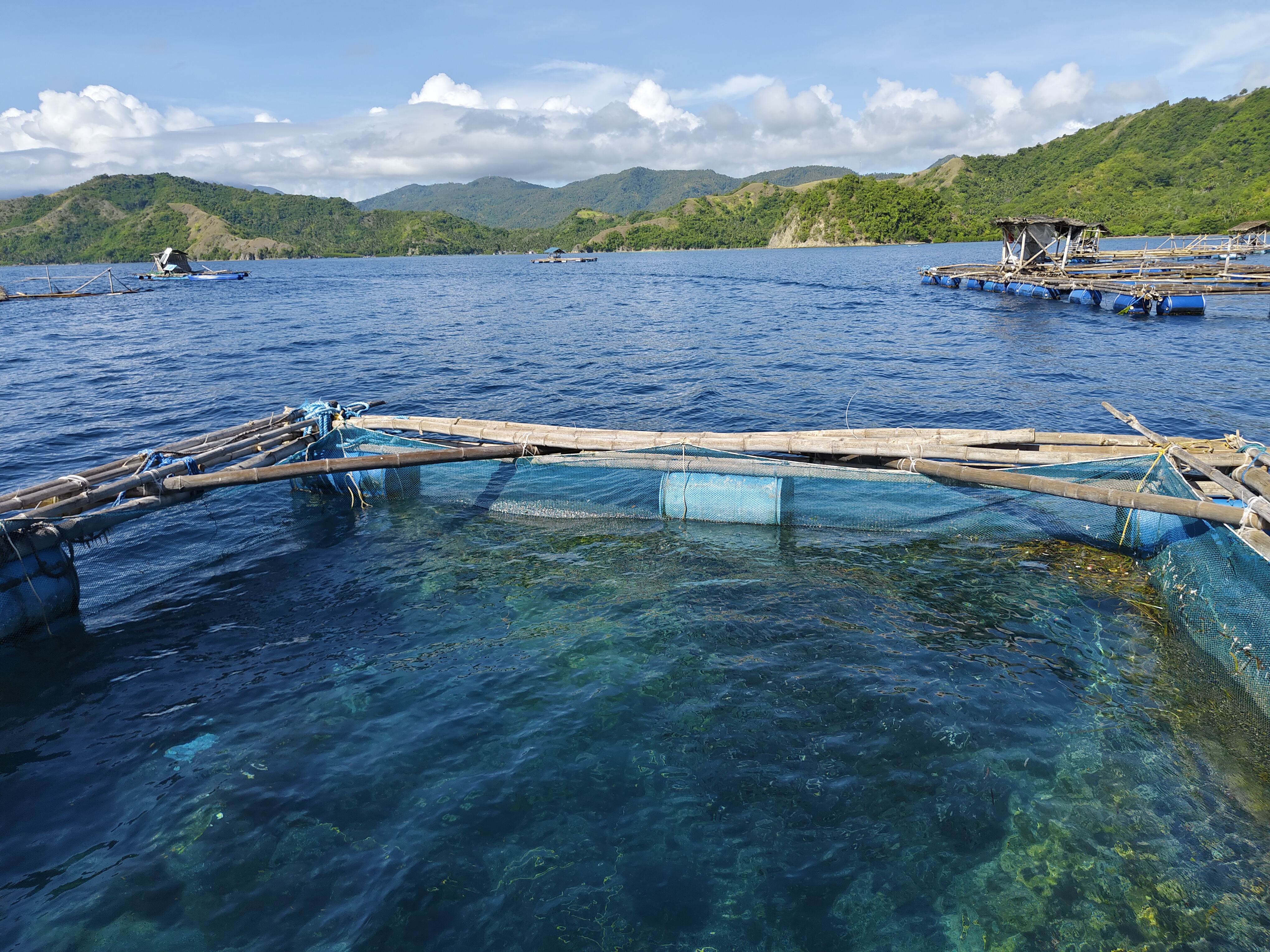A time series analysis of aquaculture milkfish production volume using the Box-Jenkins SARIMA Model: A case study from Davao Oriental, Philippines
DOI:
https://doi.org/10.59120/drj.v15i3.222Keywords:
Aquaculture , Davao Oriental, forecasting, production volume, time seriesAbstract
Milkfish farming has been historically practiced in the Philippines for a long time and is a significant source of income and livelihood for fish farmers in the country. In this paper, the researchers analyzed the aquaculture milkfish production volume in Davao Oriental from 1996 to 2023 using Seasonal Auto-Regressive Integrated Moving Average (SARIMA). The SARIMA model was used to forecast milkfish production future values, which provided insights into the aquaculture sector's potential development in the province. The autocorrelation, partial autocorrelation, and stationarity tests indicate that milkfish production from 1996 to 2023 was not stationary. Thus, seasonal differencing was used to achieve stationarity. Several models were developed and diagnosed, and SARIMA (2,0,2) (1,1,1) 4 provided satisfactory accuracy and precision in forecasting. However, the forecast showed some fluctuations or uncertainty in the predicted milkfish production. This can be reasoned out to be due to other environmental factors such as typhoons, rain, diseases or abnormally high sea surface temperature from climate change impacts. An actual environmental and socio-demographic survey is needed to explore further whether environmental factors are indeed affecting the production of milkfish in Davao Oriental, and therefore confirming the fluctuations of production.
Metrics
Downloads

Downloads
Published
Issue
Section
License
Copyright (c) 2024 Jimmy Jr C. Lape, Jerd M. Dela Gente

This work is licensed under a Creative Commons Attribution-NonCommercial 4.0 International License.
DRJ is an open-access journal and the article's license is CC-BY-NC. This license allows others to distribute, remix, tweak, and build on the author's work, as long as they give credit to the original work. Authors retain the copyright and grant the journal/publisher non-exclusive publishing rights with the work simultaneously licensed under a https://creativecommons.org/licenses/by-nc/4.0/.









